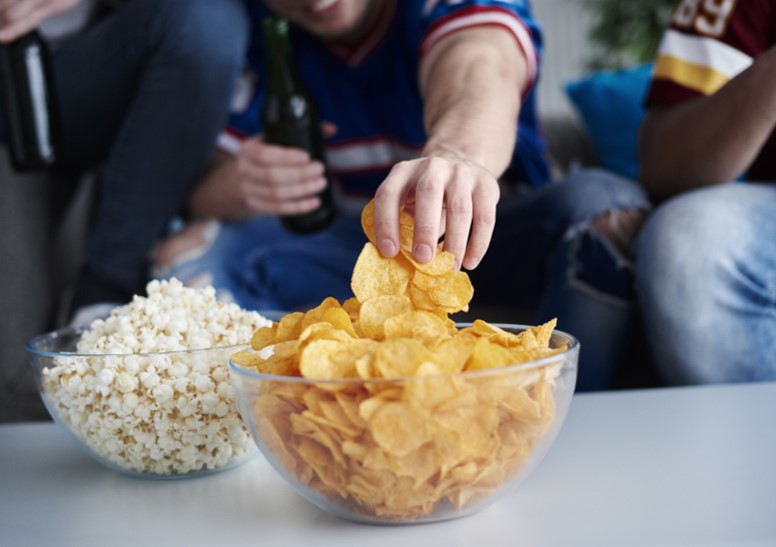Food & Beverage Case Studies
Through Curion’s research, the client harnessed the power of Gen Z’s spending reach around new snacking products that fill whitespace opportunities to delight the young Zoomer generation.
Consumer-driven innovations forged a new path for the client into premium product placements, with a focus on unique and healthy flavor blends.
A well-known and trusted sweet confections company is exploring options to manufacture two of their popular hard candy line varieties at a co-manufacturer and wants to confidently ensure that the quality of their products is maintained by testing current sample products against the co-manufacturers sample.
Using the Curion Score™, a Fortune 100 confectionery brand avoided launching an inferior and underperforming product that would have resulted in a loss of millions in revenue if they had been steered by their traditional CLT and OAL approach alone.
A popular and traditional brand of soft drinks was concerned about maintaining relevance with a younger demographic of consumers. They sought to create a new-to-its-kind and game-changing product that will create an impact among young adults. Our co-creation methodology is approached with 3 crucial elements in mind to help teams produce new and unique game-changing ideas with impact:
A disruptive brand wanted to invest $20M to promote its new energy drink. While working with Curion to identify the winning copy for launch, we uncovered that none of the ads would be effective in the marketplace. The brand began considering firing its global ad agency and needed objective guidance to illuminate its best course of action.
A large CPG company wanted to better understand the potato chip category to shape and fuel its product direction. They knew they not only needed to identify the leading potato chip brands but also consider how the top players differed from one another.
A large beverage company wanted to understand the implications of a new formula being introduced to the category. They needed a comprehensive overview of how this formula compared to the other offerings on the market to gauge the potential threat to their product’s success.
A large confectionery company wanted to improve its chocolate. To optimize the product and improve market performance, the client needed to understand how their offering performed compared to other key players.
A large ice cream company wanted a deeper understanding of the novelty ice cream category. They needed transparency into what drives consumer liking and insight into top products’ competitive advantages.
Deep product performance insights are revealed through Curion’s QDA® methodology, leading to a winning solution that addressed current deficiencies and outperformed all others.
With wine consumption rates down 2% YOY and the hard seltzer market growing fast, a major manufacturer of of beer, wine, and spirits wanted to leverage one of its wine brands to make a big splash in the ready-to-drink category. Realizing “wine soda” could marry the desire for novel alternative alcoholic beverages with a tried-and-true product, the company needed insights to turn the concept into a “cheers!” worthy reality.












